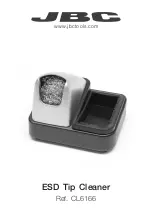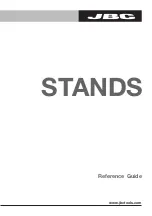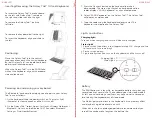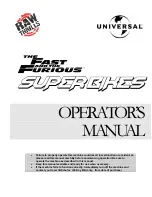
c07.fm
Diagnosis and Maintenance
Checking the Base Stations and the Radio Coverage
A31003-C1020-S100-03-7620, 12/2017
OpenScape Cordless IP V2, Service Documentation
83
7 Diagnosis and Maintenance
7.1 Checking the Base Stations and the Radio Coverage
Do not use Gigaset mobile telephones to check the radio area coverage. This
must be done with the Service tool (HCS-DECT).
You can use Gigaset mobile telephones to test the base stations and verify the
radio area coverage.
•
A prerequisite is that the mobile telephone being used is logged on to the
system, see the operating manual.
•
The radio coverage is tested in two stages:
–
Base station test
–
Coverage test via the base stations (area coverage)
The following minimum values must be observed for the site survey of the
radio range:
1. Providing handsets with an adequate DECT radio signal
Handsets only receive a sufficiently sized DECT radio signal if they are
located in the radio range of the DECT IP base station, that is:
–
RSSI value <-70 dBm
–
FRAQ value >95%
2. Distance of DECT IP base stations
For the DECT synchronism function to work, the DECT IP base stations
to be synchronized with each other must be defined in the OpenScape
Cordless IP server software. These DECT IP base stations must also be
able to exchange their management information, i.e. they must be at least
<-85 dBm apart.
Failure to maintain these values results in a loss of radio signal or a loss
of synchronism which prevents the handsets from roaming to another
DECT IP base station.
















































